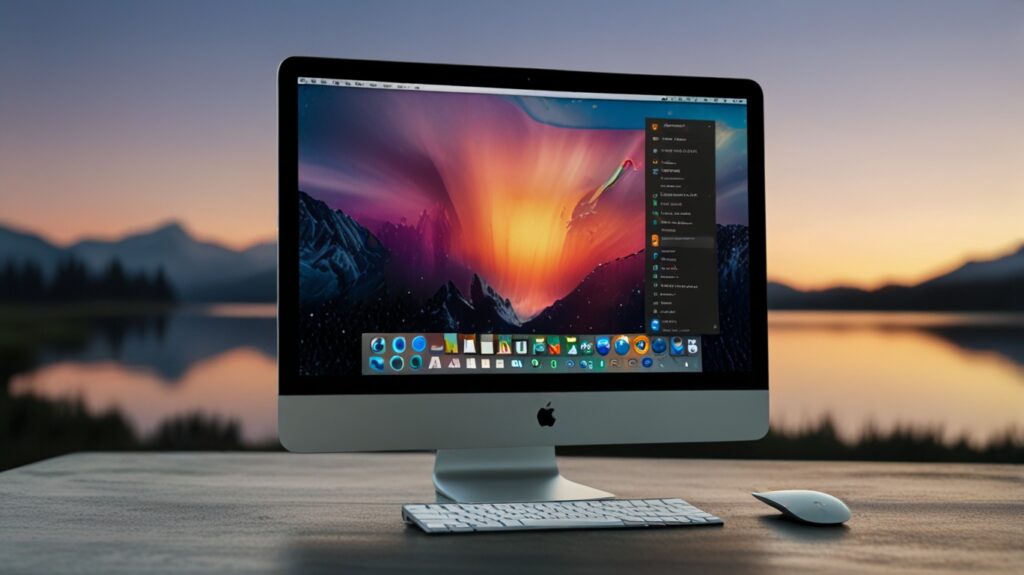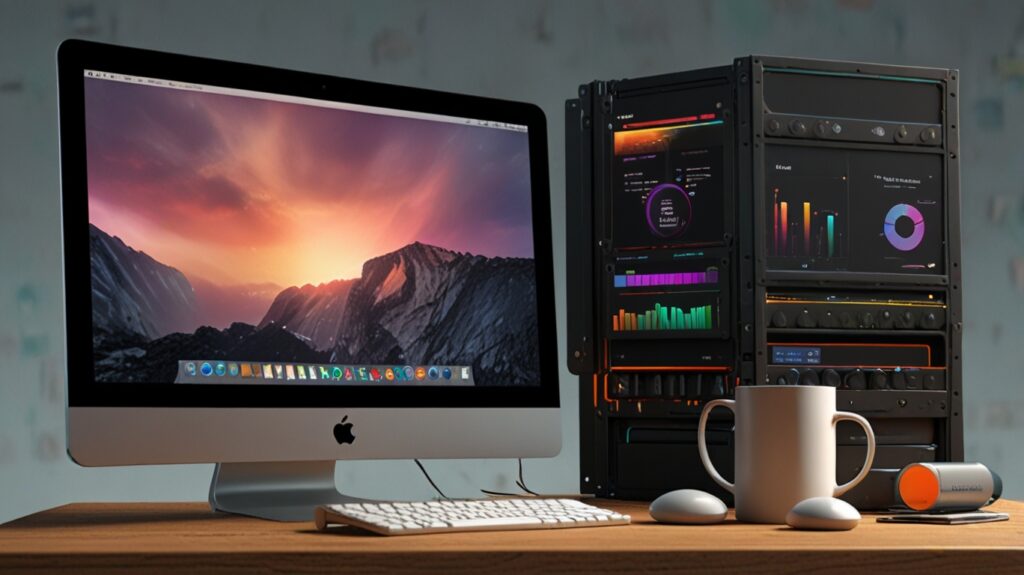Dual booting allows users to run two different operating systems on a single machine — but which OS makes a better host or base system for a dual boot setup: macOS or Windows 10?
This guide compares macOS and Windows 10 from the perspective of dual booting. Whether you’re a developer, gamer, designer, or general user, understanding the strengths and limitations of each OS can help you make the best decision for your system.
Table of Contents
- What is Dual Booting?
- Dual Booting from macOS: Overview
- Dual Booting from Windows 10: Overview
- Key Comparison Factors
- Ease of Setup
- Hardware Compatibility
- Performance
- Software and Driver Support
- Updates and Stability
- Pros and Cons of Each OS as a Host
- Which OS Should You Use as the Primary?
- Conclusion
1. What is Dual Booting?
Dual booting is the process of installing two operating systems on one physical machine, allowing the user to choose which OS to run at startup. It’s especially useful when different applications or workflows require different environments — like macOS for Final Cut Pro and Windows for gaming or enterprise apps.
2. Dual Booting from macOS: Overview
Using macOS as the primary OS and installing Windows through Boot Camp Assistant is the most common approach on Intel-based Macs.
✅ Benefits:
- Apple provides a built-in tool (Boot Camp Assistant) for managing dual boot setups.
- Easy driver installation and hardware support.
- Clean separation of the two systems.
❌ Limitations:
- Only works on Intel Macs (not supported on Apple Silicon).
- macOS updates can sometimes cause boot issues if partitions are misconfigured.
- Less flexibility in partition resizing without third-party tools.
3. Dual Booting from Windows 10: Overview
Some users may prefer to start with Windows 10 as the base OS and install macOS as a secondary OS — particularly in custom-built or “Hackintosh” setups.
✅ Benefits:
- More freedom to choose hardware.
- Easier to install and manage with multiple drives or partitions.
❌ Limitations:
- Installing macOS on non-Apple hardware violates Apple’s license.
- Hackintosh builds are unstable and require deep technical skill.
- macOS updates may break the system.
4. Key Comparison Factors
🔹 Ease of Setup
| Factor | macOS | Windows 10 |
|---|---|---|
| Boot Camp integration | ✅ Yes | ❌ No |
| Virtualization tools | ✅ Easy with Parallels | ✅ Easy with VirtualBox/VMware |
| Hackintosh support | ❌ Not needed | ⚠️ Complex and unsupported |
Verdict: macOS is much easier to configure for dual booting — especially with official tools.
🔹 Hardware Compatibility
- macOS works best on Apple hardware.
- Windows 10 is highly flexible across hardware platforms.
Verdict: Windows offers broader compatibility, but macOS wins on stability (on Apple devices).
🔹 Performance
Both OSs offer native performance in a dual-boot scenario.
- macOS + Windows via Boot Camp: Excellent performance.
- Windows 10 + Hackintosh macOS: Performance varies, often unstable.
Verdict: Performance is solid on both when installed correctly, but macOS + Boot Camp is more reliable.
🔹 Software and Driver Support
- macOS: Limited to Apple-supported drivers.
- Windows 10: Better support for third-party drivers and hardware accessories.
Verdict: Windows 10 wins in flexibility and driver availability.
🔹 Updates and Stability
- macOS updates may occasionally impact the Boot Camp partition.
- Windows updates are more frequent but can also create conflicts.
Verdict: macOS is more stable overall — especially when it’s the host OS — but both need careful management.
5. Pros and Cons of Each OS as a Host
✅ macOS as Primary OS (Boot Camp)
Pros:
- Official support via Boot Camp
- Clean, seamless integration
- High macOS system integrity
Cons:
- Boot Camp not available on Apple Silicon
- Windows installation is limited to one partition
✅ Windows 10 as Primary OS (Hackintosh or Dual Boot)
Pros:
- Greater hardware flexibility
- Easier to create multi-boot setups with Linux or other OSs
Cons:
- No official support for macOS installation
- Hackintosh builds can be unstable or break with updates
6. Which OS Should You Use as the Primary?
👩💻 Choose macOS if:
- You have an Intel-based Mac.
- You want the safest, most stable dual boot setup.
- You prefer macOS for creative or professional tasks.
🧑🔧 Choose Windows 10 if:
- You’re building a custom PC.
- You want to experiment with Hackintosh setups (at your own risk).
- You need support for specialized hardware.
7. Conclusion
So, which is better for dual booting — macOS or Windows 10?
If you’re using an Apple device, macOS is clearly the better host OS thanks to Boot Camp support, stability, and native hardware compatibility.
If you’re using a custom-built PC or want to experiment, Windows offers more flexibility — but attempting to dual boot with macOS via Hackintosh can be risky and complex.
💡 Final Tip: For the smoothest experience, keep your partitions clean, back up your data, and avoid OS updates until you’re sure they won’t affect your bootloader or partitioning scheme.

